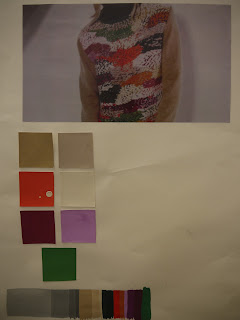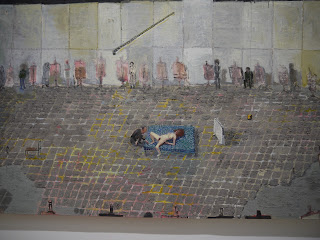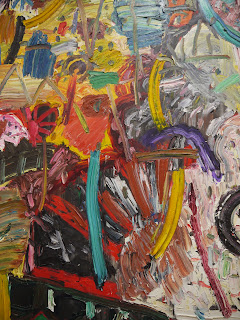As I'm off uni ill at home at the moment I haven't been able to do much drawing/painting etc. I've been really bored so thought I'd just have a play around online at pixlr.com which is a photo editor a bit like Photoshop. In my research I've been looking at colour data so thought I'd experiment at how I could introduce this with the barcode theme I have thought about.
I chose a black & white barcode image off Google as well as an image of a rose. I then used colour picker to select colours out of the rose petals and tried to represent these through the vertical strips of the barcode. I did the same for leaves of the rose into the coded numbers.
It's too early for me to say weather i'll start fully focusing on this idea alone but it's definitely something I'd like to revisit perhaps using my own photographs etc further down the line as colour data is something that interests me.













































































